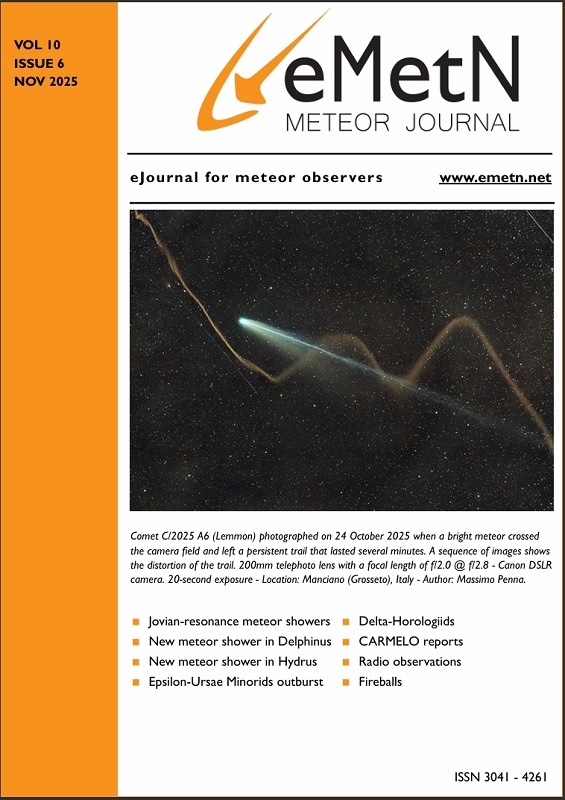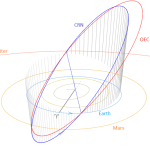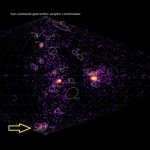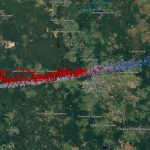Meteor Activity Outlook for 23-29 January 2021
During this period, the moon reaches its full phase on Friday January 29th. At this time, the moon is located opposite the sun, thus it will rise as the sun sets and set as the sun rises. This weekend the waxing gibbous moon...
Read More





